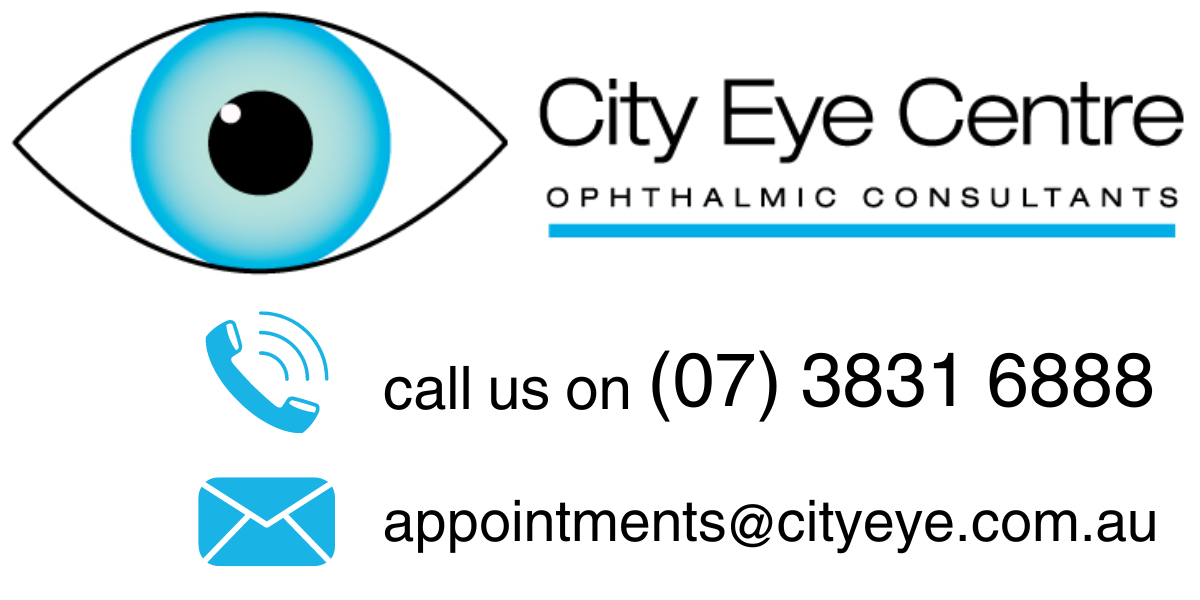Photodynamic therapy (PDT) is used at City Eye Centre to treat a condition called central serous retinopathy or central serous chorioretinopathy. Central serous retinopathy (CSR) is a condition where fluid accumulates under the retina. Symptoms generally include blurred, distorted vision or micropsia (objects appearing smaller).
Treatment usually involves a period of initial observation (for approximately 3-6 months). This is because some cases of CSR can resolve without any treatment. If the condition does not improve, photodynamic laser therapy can be very effective. It helps in resolving the fluid and improving vision.
What is Photodynamic Therapy (Visudyne)?
Visudyne is a light-activated drug that is slowly infused over 10 minutes through a vein in your arm. Once the drug enters your bloodstream, it will travel to the leaking area in your retina. The drug is then activated by a non-thermal, low intensity laser beam. This seals off the area without causing any damage to the surrounding healthy retina. Prior to Visudyne therapy, a fluorescein angiogram will need to be performed. This will help identify and measure the extent of the leakage.
After photodynamic therapy with Visudyne, your skin will be very sensitive to direct sunlight. It may also be mildly sensitive to bright lights such as those used in offices, dentists and doctors operating rooms. Therefore, it is important that you protect your skin when exposed to direct sunlight.
- Wearing long sleeves and trousers/skirts
- Wearing dark sunglasses and a hat with a broad brim
- Wearing gloves
You will need this protection for 3 days after the treatment.
What Happens During My Treatment?
On your treatment day, your vision will be checked and your pupils will be dilated. These dilating drops along with the laser treatment will make your vision blurred for a few hours following the procedure. For this reason, it is advised that you bring an accompanying person along with you. They can take you home after your treatment.
Your height and weight will be measured. A fluorescein angiogram will need to be performed if this has not been done at a prior consultation. Once the Visudyne dosage has been determined, our ophthalmic nurses will prepare the solution. After the drug has been infused into a vein in your arm, a special contact lens will be placed on your eye. This will help direct the laser beam onto the affected area of your retina.
Apart From Photosensitivity, What are the Other Possible Side Effects or Risks?
In a very small percentage (2%) of patients, the infusion can cause back pain. However, it is normally mild and does not last long. The infusion can leak out of the vein into the surrounding tissues which can cause some inflammation and pain. Therefore, it is very important that the arm is totally protected from the sunlight. Furthermore, allergic reactions to the Visudyne infusion are very rare. People with porphyria should not be treated.
In rare cases, people may notice a decrease in vision post treatment and some may not respond to Visudyne therapy. Vision may be reduced transiently for 2-4 weeks after the treatment and usually recovers in the following 2 weeks. Recurrence of the condition can also occur and further treatments may be required. Dr Lee may also recommend other treatment options such as intravitreal injections for you depending on your condition. such as intravitreal injections for you depending on your condition.
